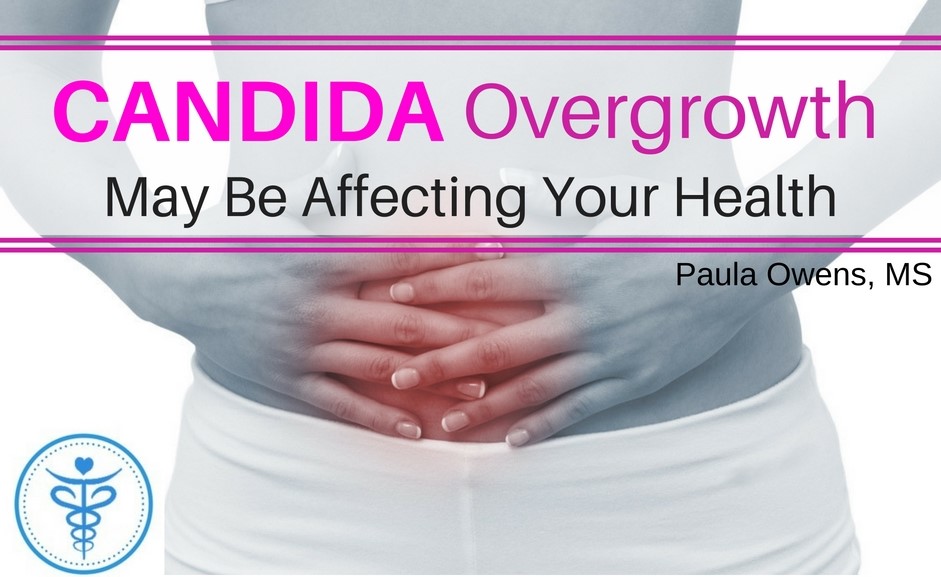
SYMPTOMS OF YEAST OVERGROWTH SKIN
These infections enter into the bloodstream through breakdowns or cuts in the skin or mucous membranes. Almost 15% of people with weakened immune systems develop a systemic illness caused by Candida.Candida is a leading cause of esophagitis (inflammation in the swallowing tube) in people with AIDS.

The blood, brain, eye, kidney, and heart are most frequently affected, but Candida also can grow in the lungs, liver, and spleen.

Yeast infections that return may be a sign of more serious diseases such as diabetes, leukemia, or AIDS.Even common mouth and vaginal yeast infections can cause critical illness and can be more resistant to normal treatment. In systemic candidal disease (in which the fungus enters the bloodstream and spreads throughout the body), up to 45% of people may die. Rarely, the yeast infection may spread throughout the body.Infections of the nailbeds often require prolonged therapy. Most of these candida infections are superficial and clear up easily with treatment. Adults also can have yeast infections around dentures, in skin folds under the breast and lower abdomen, nailbeds, and beneath other skin folds. In adults, oral yeast infections become more common with increased age.Vaginal yeast infection, which is the most common form of vaginitis is often referred to as vaginal Candidiasis.Typical affected areas in babies include the mouth and diaper areas.Usually, your skin effectively blocks yeast, but any breakdown or cuts in the skin may allow this organism to penetrate. Candida infections commonly occur in warm moist body areas, such as underarms.Examples of such infections are vaginal yeast infections, thrush (infection of tissues of the oral cavity), skin, including diaper rash, beneath large breasts, and nailbed infections. Under certain conditions, they can become so numerous they cause infections, particularly in warm and moist areas. These fungi live on all surfaces of our bodies. There are more than 20 species of Candida, the most common being Candida albicans. Candidiasis is by far the most common type of yeast infection.

Typical affected areas in babies include the mouth and diaper areas.Ī yeast infection results from an overgrowth of yeast (a type of fungus) anywhere in the body.


 0 kommentar(er)
0 kommentar(er)
